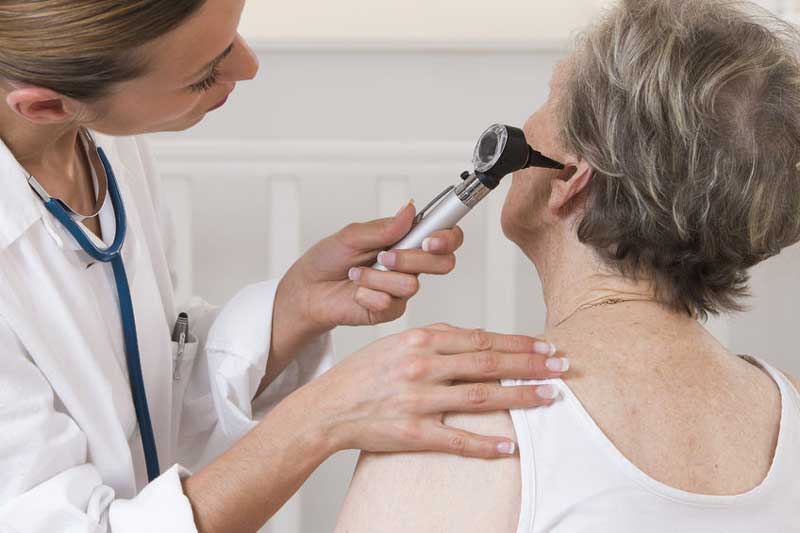Ear wax, also called cerumen, is a natural substance secreted by glands in our ear canal. While it may seem gross or unnecessary, ear wax plays a crucial role in keeping our ears clean and lubricated and protecting them from dust, dirt, and bacteria. However, excessive ear wax buildup can lead to discomfort, impaired hearing, and infection. That’s why it’s essential to practice safe and effective methods for ear wax removal, especially if you’re opting for a do-it-yourself approach at home.
Before we discuss the best practices for DIY ear wax removal, we must emphasise the importance of caution. While removing excess ear wax at home is generally safe, it can damage your ears if not done correctly. If you’re uncertain or experience any pain or complications during the process, it’s best to seek professional help from an ear wax removal clinic.
Here are some safe and sound methods for DIY ear wax removal at home:
Softening the Wax: Before attempting to remove ear wax, it’s important to soften it to make the process easier and less uncomfortable. You can do this by applying a few drops of mineral oil, baby oil, glycerin, or over-the-counter ear drops into your ear canal. Gently tilt your head to allow the solution to penetrate the wax, and let it sit for several minutes.
Flushing with Warm Water: One of the most common methods for DIY ear wax removal is using warm water to flush out the softened wax. You can do this by filling a bulb syringe or ear irrigation kit with lukewarm water (never use hot water) and gently squirting it into your ear canal. Tilt your head to allow the water and wax to drain out into a basin or towel.
Using a Bulb Syringe: If you prefer a more controlled method, you can use a bulb syringe to squirt warm water into your ear canal gently. Hold the syringe just inside the entrance of your ear and squeeze the bulb slowly to release the water. Repeat this process until the wax is flushed out.
Ear Irrigation Kits: Ear irrigation kits, available at most pharmacies, are specifically designed for ear wax removal at home. These kits typically include a bottle with a nozzle that delivers a gentle stream of water into the ear canal and disposable tips for hygiene. Follow the instructions provided with the kit carefully to avoid injury.
Avoid Using Cotton Swabs: While it may be tempting to use cotton swabs (Q-tips) to clean out your ears, they can push the wax further into the ear canal, leading to impaction and potential damage. Instead, stick to safer methods like those mentioned above.
Seek Professional Help: If you cannot remove the ear wax at home or experience any pain, discomfort, or hearing loss, it’s important to seek help from a professional ear wax removal clinic. These clinics have specialised tools and expertise to safely remove stubborn ear wax without causing harm to your ears.
Remember, patience and gentleness are the key to safe and effective DIY ear wax removal. Avoid using sharp objects or excessive force, as this can cause injury to your delicate ear canal. By following these best practices, you can keep your ears clean and healthy without frequent visits to the ear wax removal clinic.




